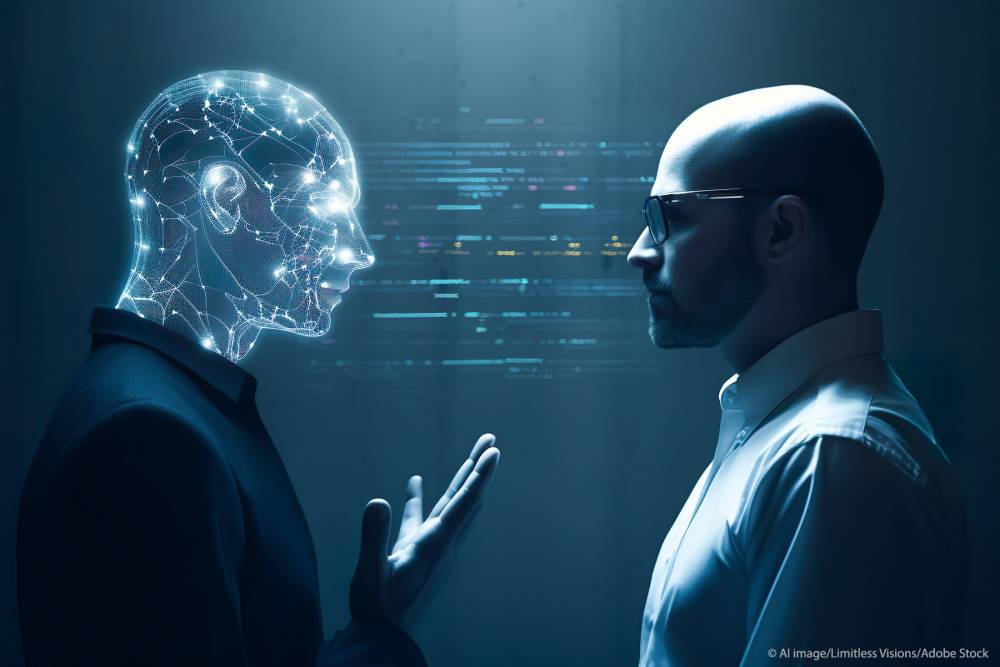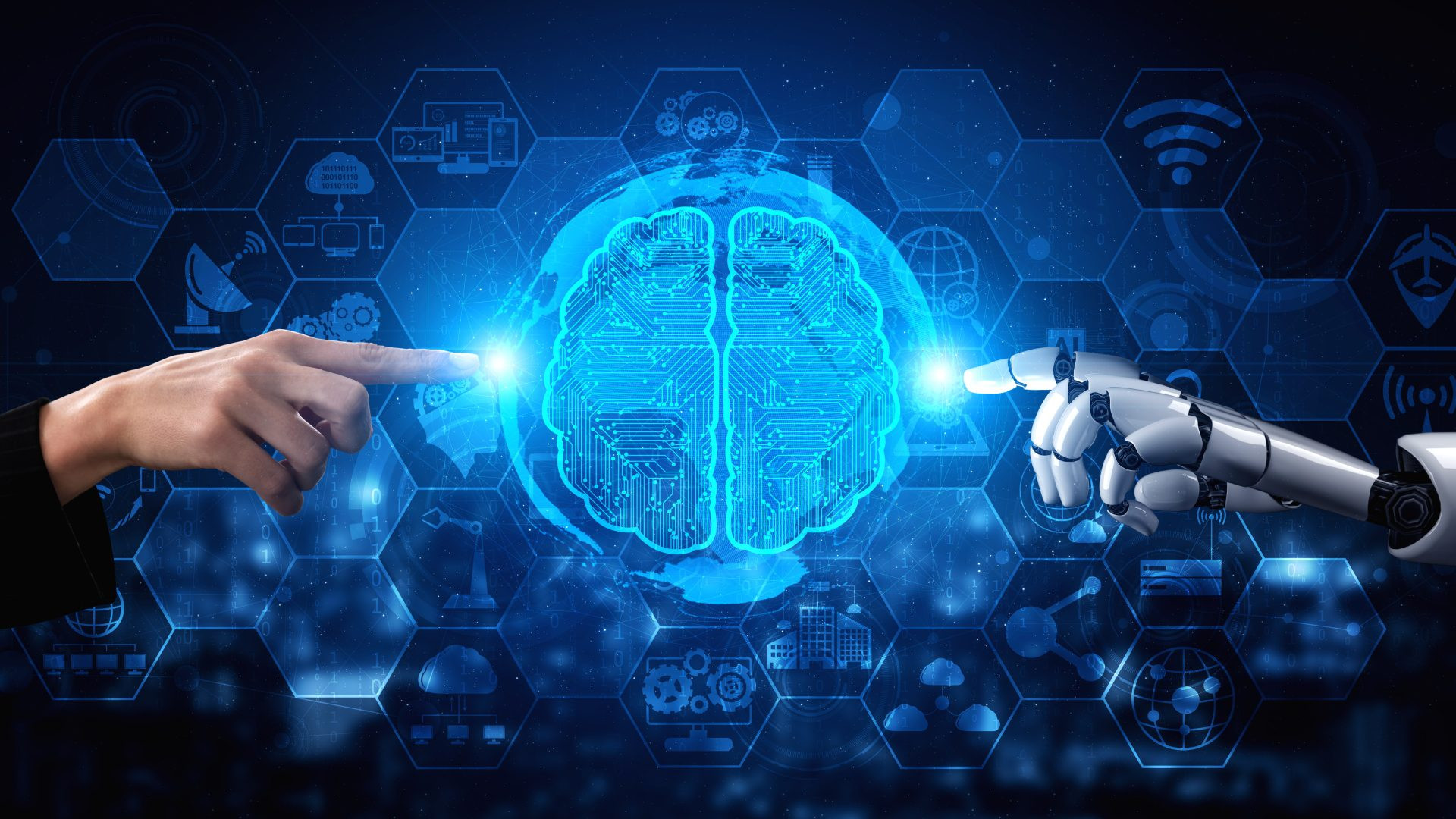What is AI & how does it work
Artificial intelligence involves machines, particularly computer systems, simulating human intelligence processes. AI encompasses various applications, such as expert systems, natural language processing, speech recognition, and machine vision.

Artificial intelligence (AI) is a broad field of computer science that focuses on creating systems capable of performing tasks that typically require human intelligence. These tasks include learning from experience, understanding natural language, recognizing patterns, and solving problems. AI encompasses various subfields, and the development of AI systems often involves techniques such as machine learning, natural language processing, computer vision, and robotics.
Here's a more detailed breakdown of key concepts related to AI:
-
Machine Learning (ML): A subset of AI, machine learning involves the development of algorithms that enable systems to learn from data. Instead of being explicitly programmed for a task, ML systems use statistical techniques to improve their performance over time as they are exposed to more data.
-
Deep Learning: Deep learning is a specific type of machine learning that involves neural networks with multiple layers (deep neural networks). These networks can automatically learn hierarchical representations of data and have been particularly successful in tasks like image and speech recognition.
-
Natural Language Processing (NLP): NLP focuses on enabling machines to understand, interpret, and generate human language. It involves tasks such as language translation, sentiment analysis, and chatbot interactions.
-
Computer Vision: Computer vision enables machines to interpret and make decisions based on visual data. This includes tasks like image and video recognition, object detection, and facial recognition.
-
Robotics: AI is applied to robotics to create intelligent systems that can perform physical tasks in the real world. This involves combining AI techniques with sensors and actuators to enable robots to perceive and interact with their environment.

The process of how AI works generally involves the following steps:
-
Data Collection: Gathering large amounts of relevant data is crucial for training AI models. This data serves as input for the learning algorithms.
-
Training: During the training phase, AI models use the collected data to learn patterns and make predictions. This often involves adjusting the model's parameters to minimize the difference between its predictions and the actual outcomes.
-
Testing and Validation: The trained model is tested on new, unseen data to evaluate its performance. Validation ensures that the model generalizes well to new situations.
-
Deployment: Once a model has been trained and validated, it can be deployed for real-world applications. This could involve making predictions, generating responses, or controlling physical systems.
The goal of AI programming is to create systems that can exhibit cognitive abilities, including learning from data, reasoning to make decisions, self-correction to improve performance, and even creativity in generating new ideas or content. AI has diverse applications across industries, from healthcare and finance to entertainment and transportation.
